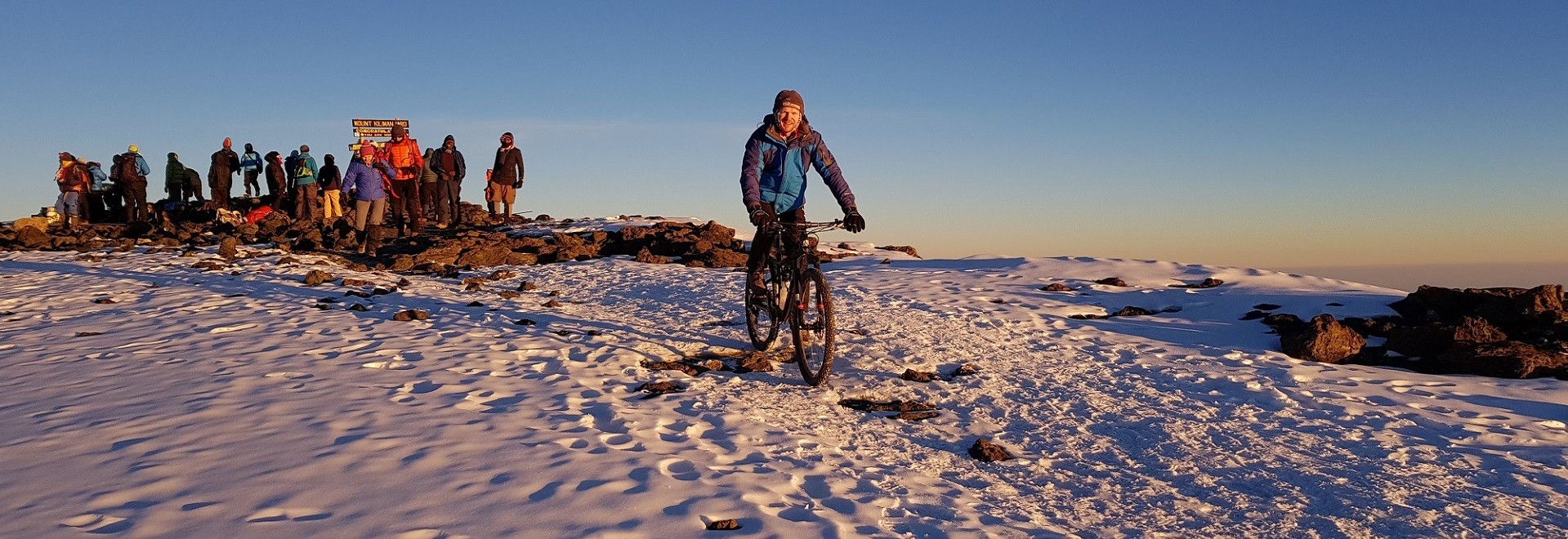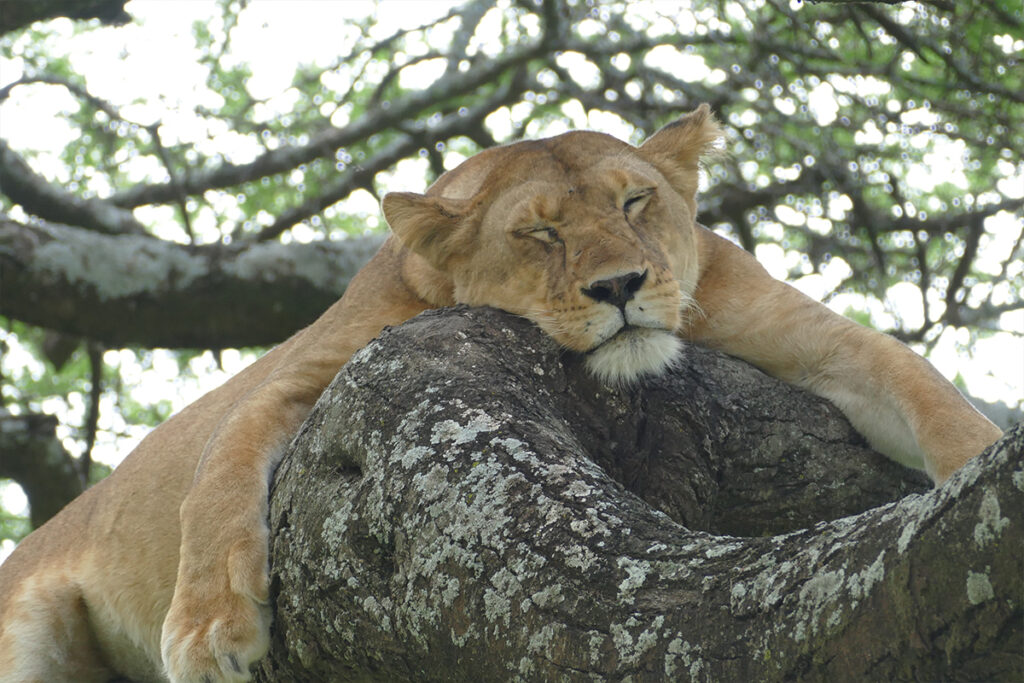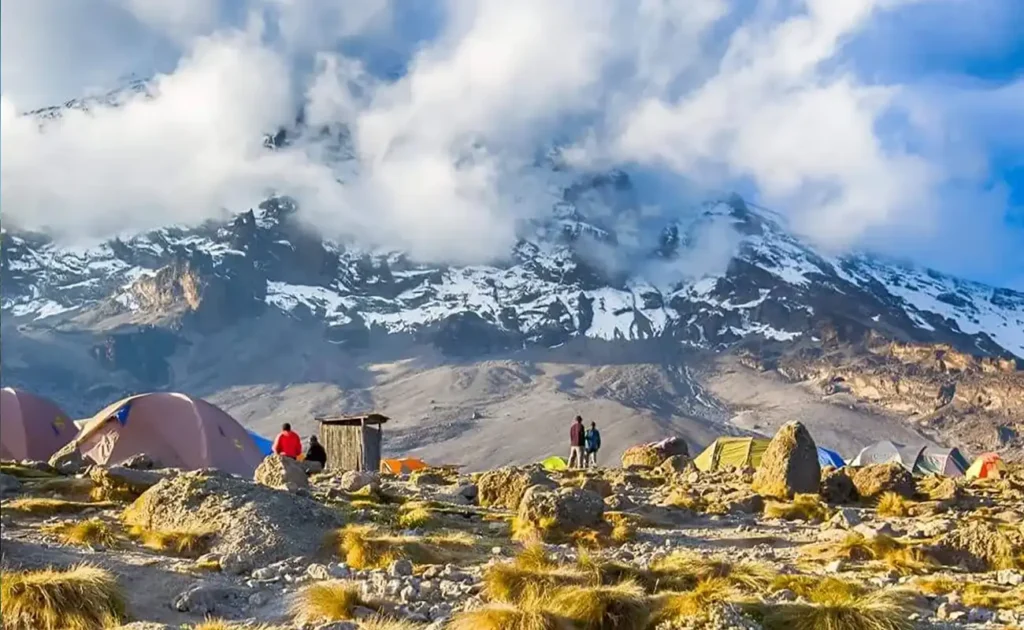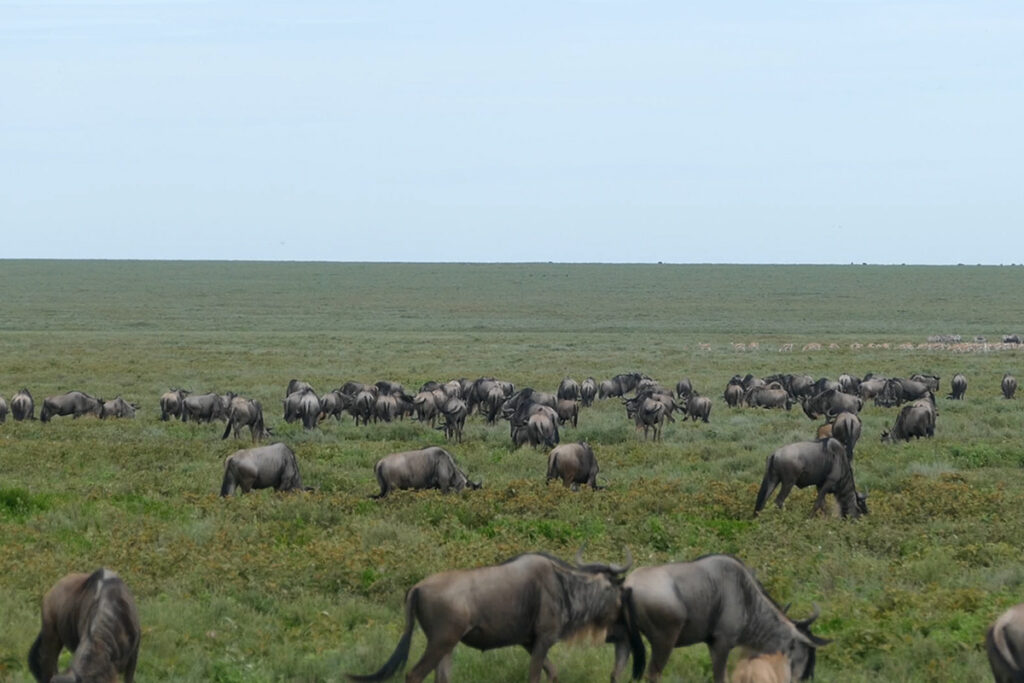Ever wondered why the Kilema Route evokes a sense of adventure beyond the conventional? It’s not just about reaching Uhuru Peak; it’s the journey driven by culture-rich paths and untouched wilderness that set this route apart. Unlike other routes, the Kilema offers a distinct blend of rural African landscapes and biodiversity, making it an absolute treasure trove for those seeking authenticity.
Originating from lush farmlands near Marangu, Kilema Route historically played a crucial role in local trade and cultural exchanges. It’s a path less trodden, offering climbers a unique logistical advantage—cyclists can ascend via this route, a rare opportunity on Kilimanjaro! With its lower footfall, climbers not only contribute to sustainable tourism but also experience solitude in nature’s embrace.

Kilema Route: A Unique Kilimanjaro Climbing Experience
The Kilema Route is a hidden gem on Mount Kilimanjaro, offering an adventure like no other. While most climbers opt for more popular paths, this route blends scenic landscapes with cultural riches. From the start, hikers traverse through lush farmlands, experiencing local life firsthand. Villages along the way offer glimpses into the traditions of the Chagga people. This unique interaction isn’t found on other Kilimanjaro routes.
One of the most notable features of the Kilema Route is the opportunity for cyclists to ascend, which is quite rare on Kilimanjaro. This adds an extra layer of excitement for thrill-seekers and adventure enthusiasts. The route’s primarily low footfall ensures a more intimate experience with nature. As climbers journey upward, they enjoy spectacular views that are less crowded. This peaceful environment allows for reflection and a deeper connection with the mountain.
The richness of biodiversity encountered on this trek is astounding, with unique flora and fauna marking every elevation. Hikers can witness a range of ecosystems, from rainforests at the base to alpine deserts near the summit. Such variety makes every step a new experience. Enthusiasts will find that the changing landscape is perfect for capturing stunning photographs. Every turn reveals something new and captivating.
The Kilema Route is also significant for its contribution to sustainable tourism, promoting low-impact travel and supporting local communities. Climbers directly engage with local guides and porters, helping buoy the regional economy. This mutual benefit encourages the preservation of both the environment and cultural heritage. Responsible tourism along this pathway ensures that future generations can continue to enjoy this unique journey. It’s a win-win for all involved.
10 Things I Wish I Knew BEFORE Climbing Mt Kilimanjaro! | Follow Alice | 4K
Why the Kilema Route is Unique
What sets the Kilema Route apart from other Kilimanjaro paths is its rare blend of nature and culture. Unlike more crowded routes, this path remains relatively untouched, offering a serene experience for climbers. The combination of lush greenery and traditional Chagga villages provides a mesmerizing backdrop. Hikers can engage with local customs in a way not possible on other trails. These interactions enrich the journey with personal stories and shared experiences.
The adventure doesn’t stop with hiking; one of the most exciting features of the Kilema Route is its cycling option. This offering is rare, providing a unique thrill for those wanting an extra challenge. Cyclists can enjoy the scenic route without the congestion found on more traveled paths. It’s an exhilarating fusion of sport and exploration. This makes the journey as rewarding as reaching the summit.
Explorers are also treated to an ecological wonderland, witnessing diverse flora and fauna along the ascent. The varying landscapes offer a new ecosystem at every turn, from tropical forests to barren, moon-like terrains. This natural variety is a photographer’s dream, presenting countless opportunities for awe-inspiring shots. Climbers often find themselves pausing to appreciate the vibrant plant life. It’s like stepping from one world into another.
Moreover, by choosing the Kilema Route, travelers contribute to sustainable tourism that directly benefits the local communities. The route supports eco-friendly practices and encourages minimal environmental impact. This helps maintain the pristine conditions of the area for future generations. Engaging local guides and services ensures that tourism dollars stay within the community. This fosters both economic support and cultural preservation.
Challenges and Opportunities of Kilema Route
Climbing the Kilema Route presents several challenges that test even seasoned climbers. The path’s remote nature means fewer facilities along the way, requiring hikers to be self-sufficient. Weather can also be unpredictable, with drastic changes in temperature. Rugged terrain demands physical fitness and mental fortitude. These challenges make the journey daunting but exhilarating.
However, these difficulties offer tremendous opportunities for personal growth. Overcoming physical and mental hurdles builds resilience. The solitude allows climbers to connect deeply with nature. The less crowded route offers a chance to reflect and find inner peace. These experiences transform the trek into a profoundly rewarding adventure.
Travelers taking on the Kilema Route also encounter unique cultural opportunities. They can engage with local communities and learn about their way of life. This interaction enhances the trekking experience, making it more than just a physical journey. Discovering traditional practices and customs adds a rich cultural dimension. Climbers return home with stories and memories that go beyond the climb.
The route also contributes to sustainable tourism, offering a way to protect the environment while supporting local economies. Hikers can choose operators that follow eco-friendly practices. This ensures minimal impact on Kilimanjaro’s natural beauty. Tourists provide economic benefits to local guides and porters. It’s a cycle that helps preserve the route for future generations.
Exploring the Biodiversity Along Kilema Route
The Kilema Route offers a vibrant showcase of biodiversity, spanning several distinct ecosystems. Starting in the lowlands, hikers encounter lush rainforests that teem with life. These forests are home to unique plant species and various animals. Bird watchers can spot colorful birds flitting through the treetops. Every step reveals a new layer of nature’s wonder.
As the trail ascends, the landscape transitions into moorland, characterized by open expanses and scattered shrubs. This zone hosts a variety of hardy plant species able to withstand cooler temperatures. The moorland offers panoramic views that captivate climbers. The tranquility felt here provides a serene contrast to the bustling forests below. It’s a perfect spot for quiet reflection.
Further up, the alpine desert presents a stark yet beautiful contrast to previous lush environments. The area is dominated by rocky terrains and tufts of specialized grasses. Despite its harsh conditions, life persists in surprising forms. These adaptations demonstrate nature’s resilience and innovation. Climbers often find this rugged beauty inspiring.
The route eventually leads to the arctic summit zone, where conditions become extreme. Few species can survive here, making the landscape appear otherworldly. The barren vistas mark the peak of the climb, rewarding hikers with incredible views. Standing at this elevation allows for a deep appreciation of the journey. It’s a testament to the raw power and beauty of Kilimanjaro.
Observing these changes in biodiversity provides valuable insights into environmental adaptation and resilience. The Kilema Route serves as an open book, where every zone tells a story of survival. By taking this path, climbers contribute to conservation efforts by engaging responsibly with this diverse ecosystem. This journey underscores the importance of preserving these natural wonders for future adventurers. Each step forward continues this vital narrative.
The Cultural Aspect of Kilema Route
One of the most enriching elements of the Kilema Route is the cultural experience it offers. As hikers pass through local villages, they get a firsthand look at the lives of the Chagga people. The Chagga are known for their hospitality and vibrant traditions. These interactions provide a genuine insight into their daily activities and customs. It’s a unique opportunity to bridge cultures.
A highlight of the route is the chance to observe traditional farming methods, which are still practiced today. The lush farmlands are vital to the local economy and showcase centuries-old agricultural techniques. Travelers can learn how these methods support community life. These practices also emphasize sustainable agriculture. Observing this fosters an appreciation for the connection between people and land.
Engaging with local guides and porters adds a personal touch to the journey. Their stories, passed down through generations, bring the mountain’s history to life. Hearing about their experiences enriches the climb with memories beyond the physical journey. These tales share a deep-rooted connection to the land. In listening, hikers gain profound respect for their environment.
Visitors often participate in local events and festivals, further enriching their journey. These celebrations highlight the region’s rich cultural heritage. Traditional music and dance performances bring communities together. The shared joy and energy of these events create unforgettable memories. It’s a chance to see how deeply the people value their traditions.
The cultural exploration contributes significantly to the trip’s overall impact, encouraging responsible tourism. By choosing services that partner with local communities, climbers ensure that their journey benefits residents directly. This support helps preserve cultural practices for future generations. The interconnectedness of culture and nature along the Kilema Route makes it a transformative experience. It’s a journey that leaves a lasting impression on all who travel it.
Sustainable Tourism and Kilema Route
Sustainable tourism is a fundamental principle guiding the experiences along the Kilema Route. This approach ensures that the natural beauty of Kilimanjaro is preserved for future generations. Travelers are encouraged to leave no trace, respecting the environment at each step. This does more than protect the landscape; it safeguards the area’s rich biodiversity. When climbers follow eco-friendly practices, the mountain remains a vibrant habitat.
The local communities along the Kilema Route benefit directly from these sustainable practices. By engaging local guides and porters, tourism boosts the local economy. This support empowers villages to maintain cultural traditions and infrastructures. It enhances the well-being of residents and keeps cultures alive. Such engagement strengthens community ties and fosters economic growth.
Sustainable initiatives also focus on educating hikers about the mountain’s significance. Guided tours often highlight the delicate balance of ecosystems found along the route. This knowledge encourages respect and thoughtful interaction with the environment. As hikers learn about their impact, they become more conscientious travelers. Educated trekkers help advocate for ongoing conservation efforts.
Accessible technology like solar power and biodegradable materials further exemplifies sustainable tourism on this route. Camps leverage solar energy to minimize the carbon footprint. Proper waste management ensures minimal environmental disruption. These practices highlight responsible adventure travel. The focus on renewable resources is crucial for long-term success.
Even small changes can lead to significant improvements in sustainability efforts. Tourists can choose eco-friendly gear or offset their carbon emissions.
- Eco-friendly gear options
- Carbon offset programs
- Eco-conscious tour operators
- Community-driven projects
Arguments like these demonstrate how everyone can contribute to a positive future. Commitment to sustainability keeps the spirit of the Kilema Route thriving.
The overall message of sustainable tourism resonates deeply with visitors. It reinforces the idea that travel can be both enriching and responsible. Hikers who choose the Kilema Route participate in preserving a remarkable part of the world. This ensures that Kilimanjaro remains a treasured destination for years to come. Participating in sustainable tourism has a lasting, positive impact.
Key Takeaways
- Kilema Route offers a unique cultural and natural experience.
- Travelers can engage with the local Chagga community.
- The route provides diverse ecological zones to explore.
- Cyclists have a rare opportunity on this Kilimanjaro path.
- The journey promotes sustainable tourism and conservation efforts.




